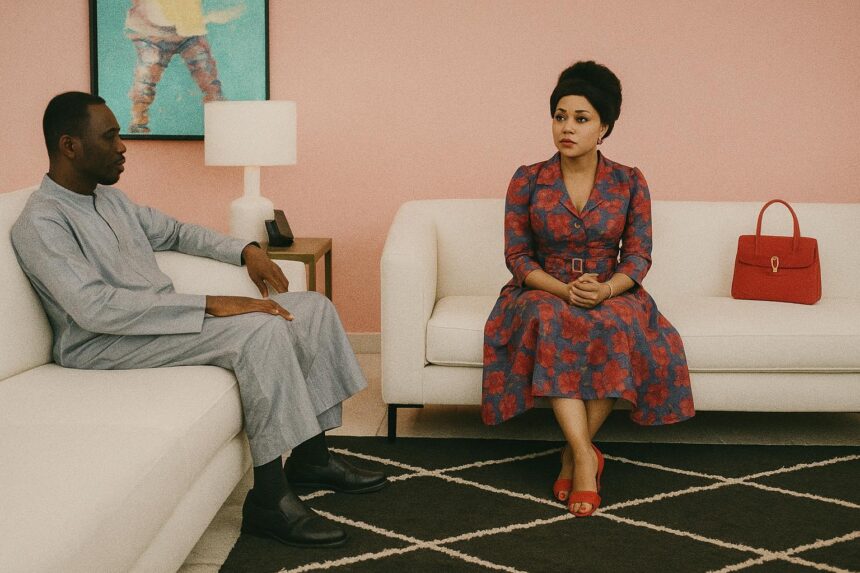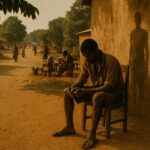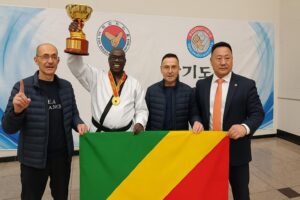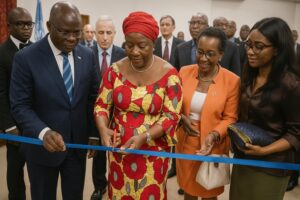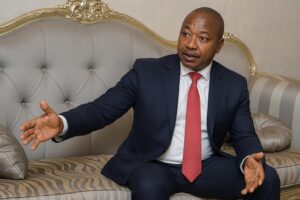Cultural Diplomacy in Stone and Bronze
Few sculptural projects in Central Africa have attracted such discreet yet sustained diplomatic choreography as the proposed bust of Sergeant Malamine Camara, the Senegalese officer who safeguarded Pierre Savorgnan de Brazza’s embryonic Brazzaville post in the early 1880s. During a recent audience, Senegal’s new ambassador to the Republic of Congo, Ousmane Diop, and the director-general of the Pierre Savorgnan de Brazza Memorial, Bélinda Ayessa, converged on the symbolic importance of materialising Camara’s legacy within the memorial grounds. Their conversation, confirmed by Concordant press dispatches in Brazzaville and Dakar, demonstrates how cultural heritage can operate as a form of soft power, lending historical legitimacy to contemporary interstate relations.
Tracing the Shared Colonial Itinerary
Camara’s trajectory mirrors the convoluted cartography of French imperial expansion. Born near Saint-Louis, Senegal, around 1850, he enlisted in the Troupes de Marine, served under Captain de Brazza during the Ogooué missions, and ultimately became the first commander of the nascent Brazzaville station. Contemporary French military correspondence reproduced by scholars at the Université Cheikh Anta Diop confirms that Camara held the post largely unsupported for an entire year, politely deflecting overtures from the rival explorer Henry M. Stanley (Archives Nationales d’Outre-Mer, dossier 5G/25). That tactical patience spared the right bank of the Congo River from absorption into Leopold II’s Congo Free State, thereby reshaping Central-African borders in ways still visible on today’s diplomatic maps.
A Presidential Vision for Historic Memory
President Denis Sassou Nguesso has long championed heritage as a pillar of national narrative, from the restoration of colonial landmarks in Pointe-Noire to the expansion of the Brazza Memorial in 2006. According to officials at the Ministry of Culture, the Head of State personally encouraged Ambassador Diop to explore Camara’s story during the envoy’s recent presentation of credentials, a detail the ambassador reiterated to local media. Such presidential interest dovetails with Congo’s broader cultural-tourism strategy inscribed in the Plan national de développement 2022-2026, where memorial diplomacy is cited as a lever for both nation-branding and regional cooperation.
Senegal’s Envoy and the Symbolic Gesture
Ambassador Diop’s proposal to install the bust is more than a courteous homage to a compatriot; it intimates Senegal’s intent to deepen its footprint in Central African affairs. Dakar has already leveraged cultural icons—most prominently the Museum of Black Civilisations—to assert intellectual leadership on the continent. A bronze effigy in Brazzaville thus extends that narrative while aligning neatly with Congo’s own quest for diversified partnerships beyond traditional Francophone circuits. In the envoy’s words, the bust would serve as ‘a shared mirror of pride for Senegal, Congo and Africa at large’.
Regional Resonance and African Agency
The historiographical nuance of crowning both the Italian-born explorer and the Senegalese sergeant within the same memorial complex cannot be overstated. It reflects an increasingly post-colonial recalibration that foregrounds African agency in what used to be Euro-centric accounts of exploration. Scholars such as Felwine Sarr have argued that such gestures contest the binary of coloniser and colonised by showcasing co-production of historical processes. The Congolese authorities, by welcoming Camara’s bronze likeness, signal a policy environment receptive to multipolar memories while remaining firmly under sovereign curation.
Prospects for Enhanced Cultural Exchange
Logistical preparations, including sculptural design, foundry selection and shipment, are reportedly underway with technical teams from both countries. According to cultural attachés consulted in Brazzaville, a joint committee will finalise ceremonial protocols, ensuring that the unveiling dovetails with upcoming events marking Brazzaville’s 144th anniversary next year. Beyond ceremonial optics, discussions have touched on reciprocal artist residencies, academic exchanges and a possible travelling exhibition on West African soldiers in Central Africa. If realised, these initiatives could invigorate the bilateral framework established by the 2015 Dakar-Brazzaville Cultural Accord, whose implementation schedule had been slowed by the pandemic.
An Enduring Pedestal for Shared Futures
The bronze likeness of Sergeant Malamine Camara will inevitably add an extra layer of narrative complexity to the Pierre Savorgnan de Brazza Memorial. Yet beneath the patina, the initiative speaks to an artfully choreographed diplomacy in which history is neither erased nor romanticised but carefully curated to serve contemporary statecraft. In lending Camara a pedestal beside de Brazza, Congo-Brazzaville and Senegal illustrate how nations can reconcile colonial entanglements while advancing cooperative agendas. In so doing, they ensure that memory, much like bronze, endures—and that diplomacy, when cast with finesse, can shine just as brightly.

